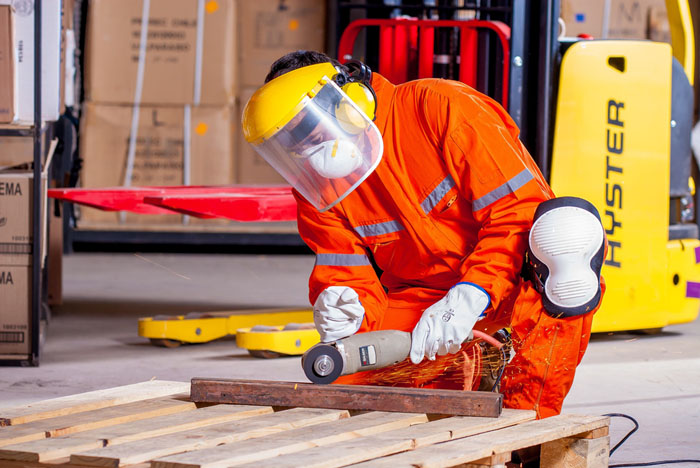 By 2023 occupational hygiene has been practised for around 300 years. Occupational hygiene is the practice of managing health risks at work such as inhalation of harmful substances or risk management to prevent accidents. It’s about controlling exposure to hazards, some of which are unavoidable.
By 2023 occupational hygiene has been practised for around 300 years. Occupational hygiene is the practice of managing health risks at work such as inhalation of harmful substances or risk management to prevent accidents. It’s about controlling exposure to hazards, some of which are unavoidable.
Occupational hygiene covers both the businesses workforce, and the wider community. This includes ensuring that environmental noise and other hazardous levels are at a minimum so that the public won’t be at risk.
Types of occupational hygiene
The five types of occupational hygiene risks are:
- Environmental – Noise levels, pollution, dumped rubbish etc
- Chemical – Hazardous chemicals, toxic substances that can be inhaled/cause skin irritation
- Biological – Bacteria like Legionella, viruses and other mould or fungi that pose a risk to human health
- Physical – Vibration, radiation, heat, fire, cold & slips, trips and falls
- Ergonomic – Repetition, manual handling, awkward positioning, motion
There are many ways to control environmental hazards, it’s more about what is suitable for your company. All occupational hygiene services aren’t needed for everyone, but you may need more than one.
We suggest one, or some of the following services for any business where hazards are prevalent.
- Environmental Noise assessment – Some site noise can filter through to local residents. This becomes noise pollution and needs action asap. You can visit the HSE here for more information.
- Workplace Noise Assessment – Helping to safeguard against hearing damage caused by exposure to high levels of noise. Covered by the ‘Control of Noise at Work Act’
- Control of substances hazardous to health (COSHH) – To protect workers from exposure to high-risk contaminants like dust, fumes and chemicals.
Services for managing chemical exposure include:
- Occupational exposure monitoring – Lack of controls around exposure monitoring can have serious health effects a workforce. Exposure monitoring is essential if you have employees working with hazardous substances.
- LEV testing – If you control dust inhalation at the source, your local exhaust ventilation system might need a check up! These systems usually decline with use, so monitoring every 12 months is essential.
- COSHH – Data sheets and assessments
Contact us if you have any questions and we can offer guidance for your needs.
 By 2023 occupational hygiene has been practised for around 300 years. Occupational hygiene is the practice of managing health risks at work such as inhalation of harmful substances or risk management to prevent accidents. It’s about controlling exposure to hazards, some of which are unavoidable.
By 2023 occupational hygiene has been practised for around 300 years. Occupational hygiene is the practice of managing health risks at work such as inhalation of harmful substances or risk management to prevent accidents. It’s about controlling exposure to hazards, some of which are unavoidable.